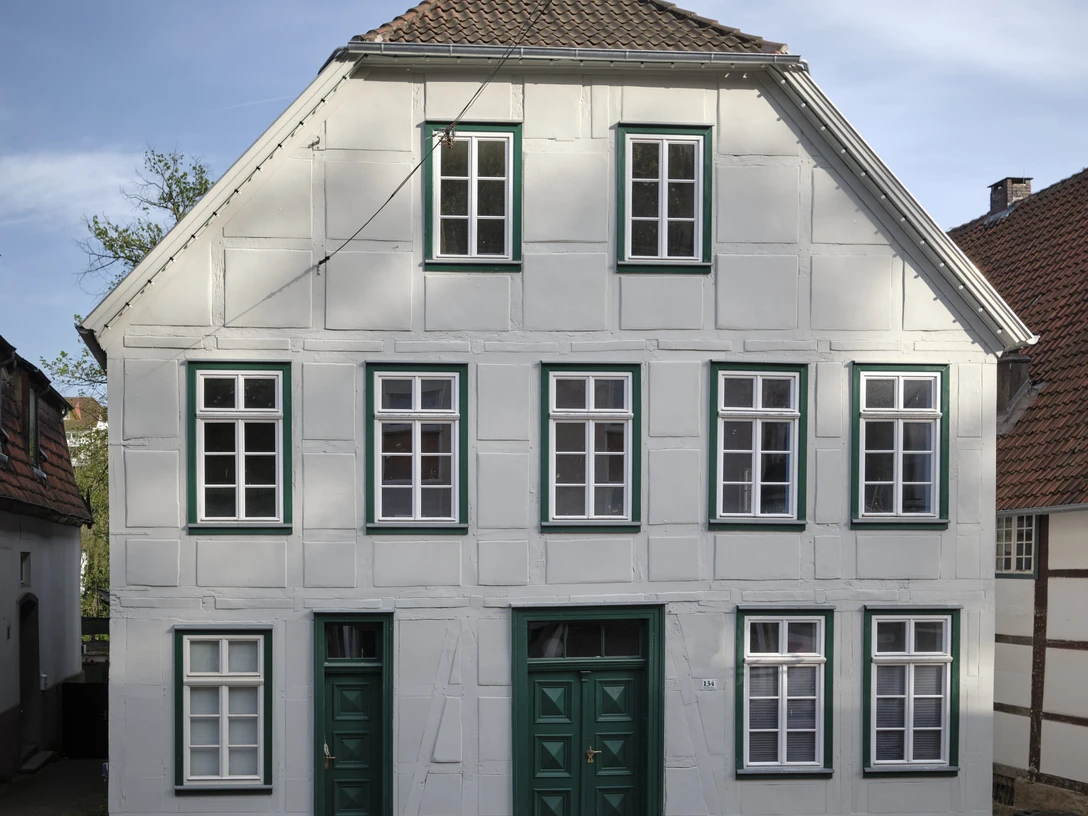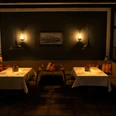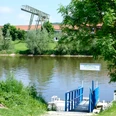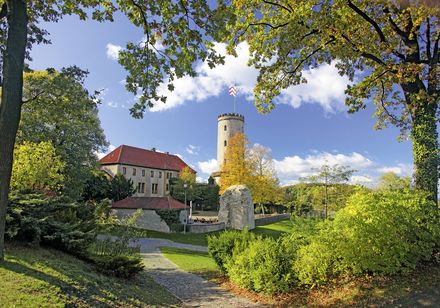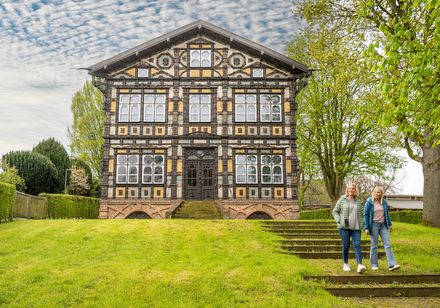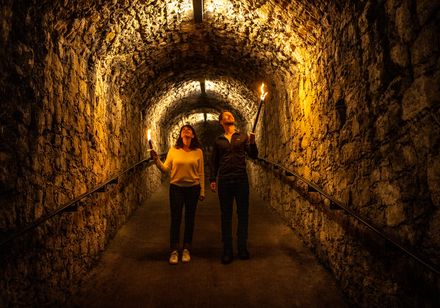The house went to son-in-law Philipp Heinrich Poelmahn (1809-1871), whose descendants lived there until 1962. First a bailiff in Vlotho and later in Bad Oeynhausen, he moved to Minden in 1851, where he was appointed Lord Mayor. His son Georg Heinrich Poelmahn returned to his ancestral home in 1870 and founded a box factory there for the burgeoning cigar industry in Vlotho.
Today, areas on the first floor are used as apartments. However, the majority of the house will be open to the public in the future as a place of town history furnished in the style of the time it was built, as a museum with an exhibition on 19th century landscape painting and as a place for cultural encounters.
Good to know
Eligibility
Bad Weather Offer
Suitable for any weather
for Groups
for individual guests
Foreign Language
Payment methods
Directions & Parking facilities
More information
Contact person
Deutsche Stiftung Denkmalschutz
License (master data)
Vlotho Marketing GmbH
Nearby
